- Wednesday, 14 January 2026
Year after year, development expense remains meager
Kathmandu, July 24: Use of development budget in Nepal has remained meagre for the last five years as it remained below two-third of the total allocation.
In the same line, in Fiscal Year 2023/24 - which ended on July 16 - only 63.5 per cent capital budget could be utilised, according to the country's economic status report released by the Ministry of Finance (MoF) on Tuesday.
The figures are discouraging given the demand for development amidst the government's inability to mobilise the funds for the same.
Last year, then Finance Minister Dr. Prakash Sharan Mahat had allocated only Rs. 302.7 billion (17.25 per cent) of the Rs. 1751.31 billion budget for development sector. But the government was able to mobilise only Rs. 192.21 billion.
This is a negative growth by 18.3 per cent compared to the previous FY 2022/23 when the government had utilised Rs. 234.62 billion of the Rs. 380.38 billion capital allocation.
Likewise, total capital expenditure stood at 61.7 per cent in the FY 2022/23, about 57.2 per cent in 2021/22 and 64.8 per cent in 2020/21 while it remained all time low in 2019/20 with just 46.3 per cent mobilisation.
The government could achieve above 80 per cent utilisation of the budget allocated for development works only once in the last decade.
In Fiscal Year 2017/18, the government was able to mobilise 80.8 per cent of Rs. 335.27 billion capital allocation which has remained all-time high for the decade. The size of the annual budget of that year was Rs. 1279 billion. Rs. 803.5 billion was allocated for recurrent expenditure. That year also witnessed a better mobilisation of recurrent expenditure as well with 85 per cent utilisation .
Similarly, total expenditure of the federal government has remained below 86 per cent of the total budget in the last one decade.
Revenue collection below 75%
Meanwhile, although there was a slight improvement, revenue collection remained below three-fourth of the annual target.
In the last FY, the government was able to collect Rs. 1058.9 billion revenue which was 74.4 per cent of the annual estimates of Rs. 1422.54 billion.
However, in terms of collected amount, this is 10.6 per cent growth compared to the previous fiscal 2022/23. That year, the government collected Rs. 957.35 billion in revenue against the target of Rs. 1403.15 billion.
Likewise, the gap between the federal income and expenditure has remained wide, for example last year, total income could cover only 70 per cent of the Rs. 1409 billion expenditure.
Deputy Prime Minister and Finance Minister Bishnu Prasad Paudel said last week that political instability had its toll on the budget performance of the government. Last fiscal witnessed three finance ministers. Dr. Mahat announced the budget but Barsaman Pun was in the helm to mobilise it at the crucial second half of the year. Likewise, Dr. Mahat designed the policy for the current year's budget, Pun formulated it and DPM Paudel is executing it.
According to the economists, during the times of instability, political leadership as well as bureaucracy prefer to perform casually and hesitate to take decision that would make an impact in the long run. Former Member of the National Planning Commission, Dr. Ramesh Chandra Poudel, had said with The Rising Nepal earlier that poor planning, lack of coordination among the development agencies and lack of project preparedness were the major reasons behind the poor utilisation of development budget.
Average growth rate 4.23%
The MoF said in its report that low growth of the economic sector, low saving, consumption and investment growth rate, inability to mobilise financial sector funds to the manufacturing sector, high import/export ratio, unstable and poor economic growth and high migration from hills and mountains to Tarai are the major challenges to the national economy.
Due to these reasons, the country's average economic growth rate in the last 48 years is just 4.23 per cent. The national economy is marred by challenges like low productivity, less-effective capital expenditure, poor export trade, import-based revenue, poor domestic saving, high liability of payment, low fiscal space for infrastructure investment, growing social security expenditure and growing size of public debt.
The MoF has said that it would work to increase demand, make public expenditure rational and effective, enhance capacity to mobilise capital budget, create investment environment, minimise fiscal risk, develop quality road network and connect agricultural produce with the market.



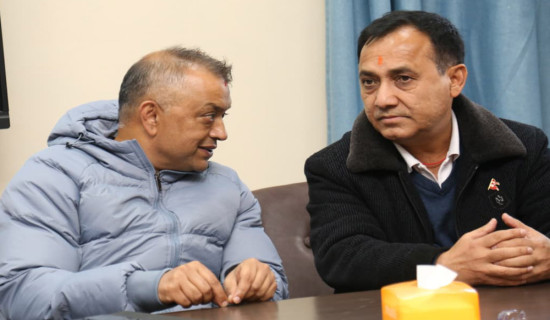
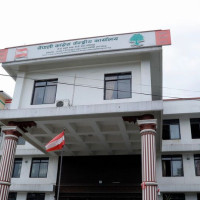

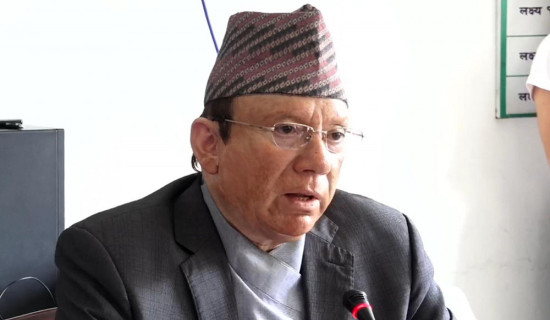
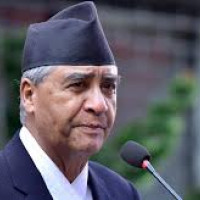
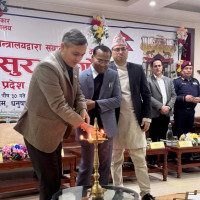




-original-thumb.jpg)



